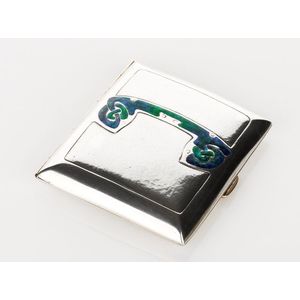Edo Period Japanese Figural Netsuke Collection
You must be a subscriber, and be logged in to view price and dealer details.
Subscribe Now to view actual auction price for this item
When you subscribe, you have the option of setting the currency in which to display prices to $Au, $US, $NZ or Stg.
- Edo Period, Japan - The Edo period in Japan lasted from 1603 to 1868. During this time, Japan was ruled by the Tokugawa shogunate, a military government led by the Tokugawa family. The Edo period is characterized by a period of relative peace, stability, and economic growth, as well as by the development of a distinctive culture and society.
During the Edo period, the capital of Japan was moved from Kyoto to Edo (modern-day Tokyo), and the country became increasingly isolated from the rest of the world. The shogunate implemented strict policies to maintain control, including the restriction of foreign trade and travel. However, despite this isolation, the Edo period saw significant cultural and artistic development, including the emergence of the ukiyo-e woodblock print tradition, the growth of Kabuki theater, and the flourishing of a vibrant merchant culture.
The Edo period ended with the Meiji Restoration of 1868, which saw the collapse of the shogunate and the restoration of imperial rule. - Polychrome - Made or finished in many colours. For furniture, it is used to indicated a painted finish.
- Boxwood - Boxwood is a hard, yellow coloured, close grained timber. In the 19th century it was often used for inlays, especially stringing, because of its contrasting colour to the darker timbers of the carcase. Stringing is the inlay of a narrow strip of veneer of a lighter colour, such as boxwood along or close to the edges of an object that has been veneered in a darker timber such as mahogany.
Because of its fine grain and resistnce to splitting or chipping it has also been used for treen, turnings, carvings and other small wooden items, such as chess pieces.
This item has been included into following indexes:
Visually similar items

Liberty & Co., Birmingham, 1906 Cymric sterling silver and enamel cigarette case designed by Archibald Knox, case in low relief with celtic entrelac motif, enamelled in colours, monogrammed 'AG', copper hinge and thumb piece. Length 8 cm width 7 cm weight

A 14ct gold gem set necklace; centring synthetic rubies and single cut diamonds on a curb chain (9ct parrot clasp). Wt. 8g.

Antique Chinese Canton porcelain cylinder form vase, raised enamel decoration, approx 24.5 cm high

A rare pair of beaded wrist bands, ethnic Dayak, Kalimantan Borneo, 19th/20th century, worn for festivals and on ceremonial occasions, a complex design of multiple colours, length 17 cm, width 12 cm
